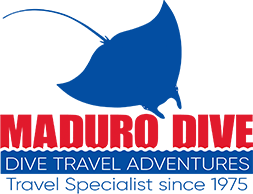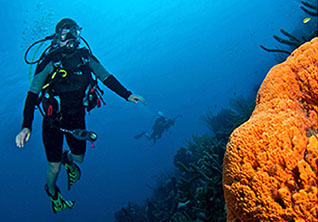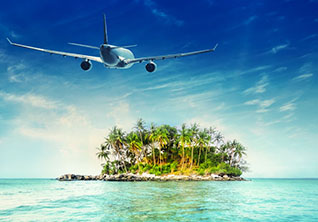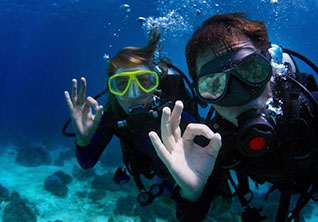Palau: Historical World Class Diving
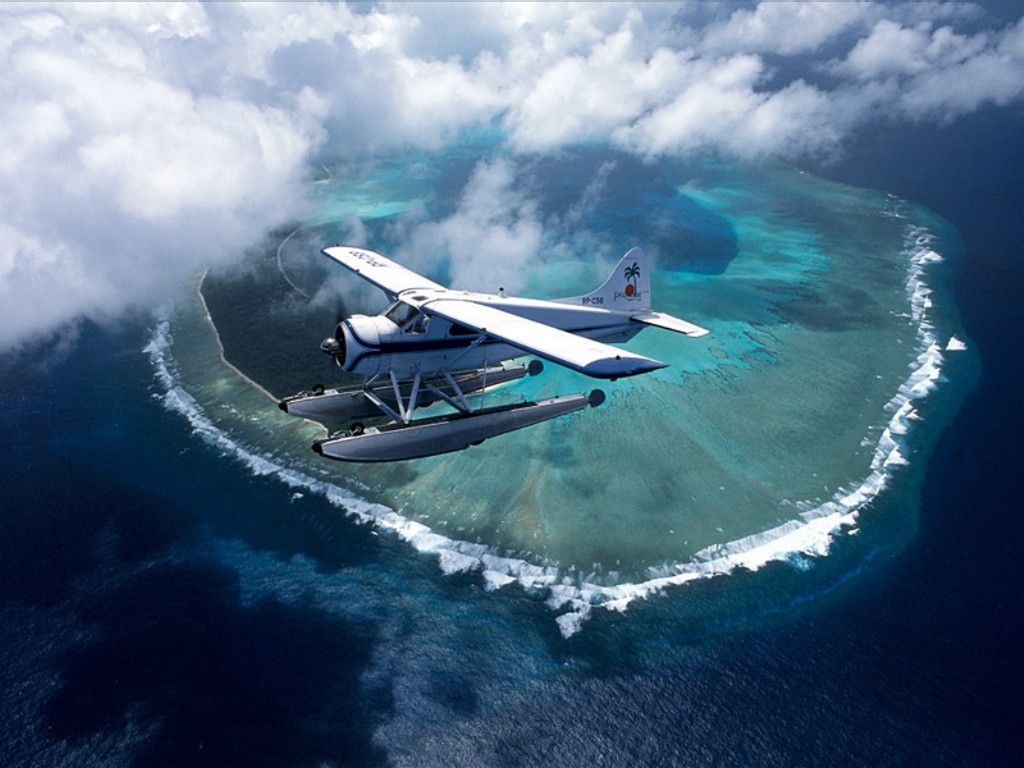
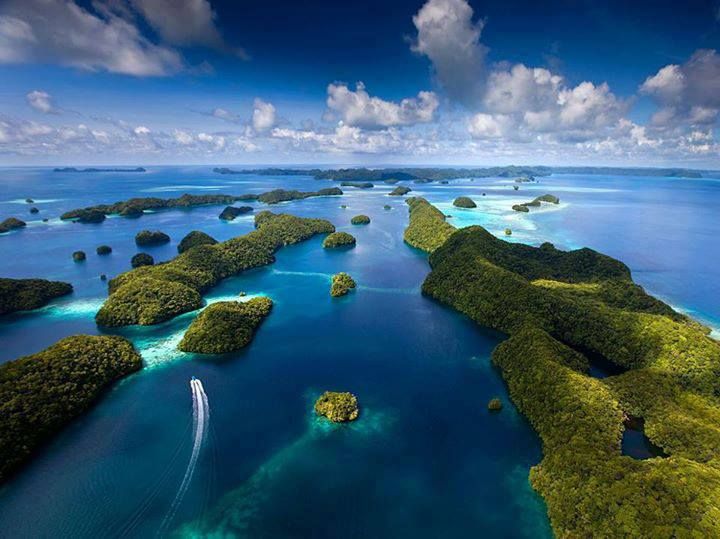
We are always on the lookout for a dive destination a little out of the ordinary, a location with incredible beauty both above and below water, and if at all possible, an area steeped in some sort of historical significance, and this all leads us to the island Nation of Palau; also pronounced “Belau”.
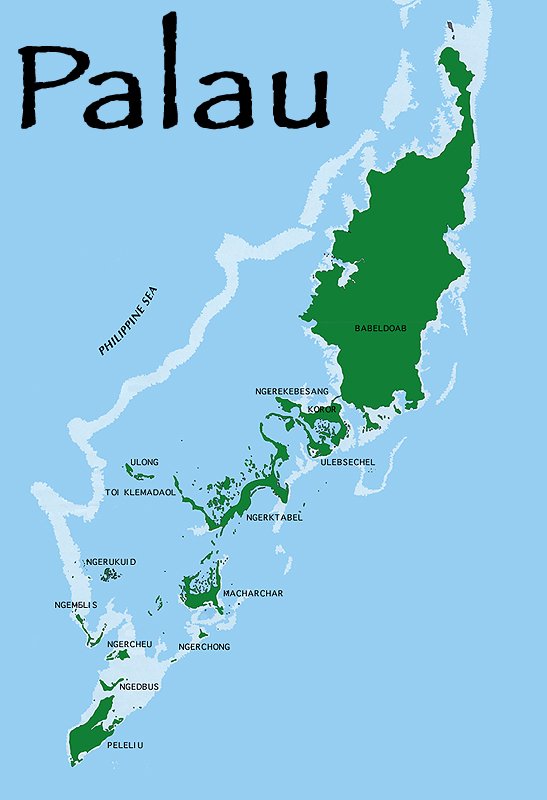
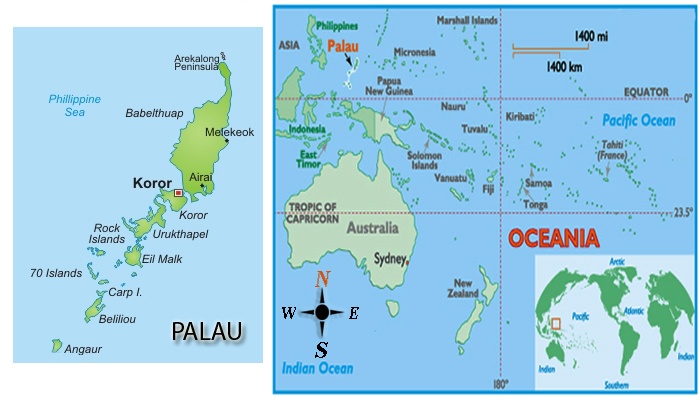
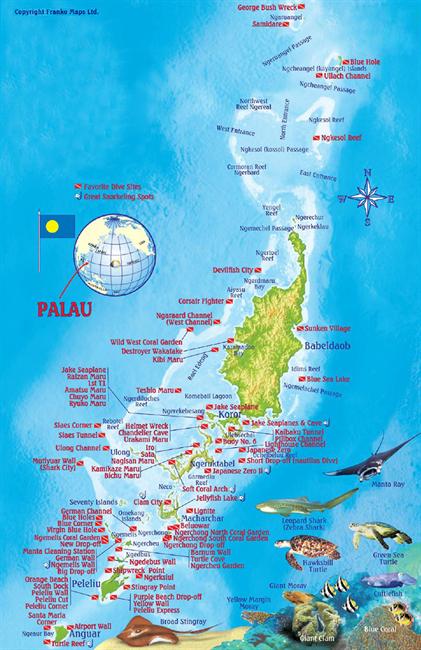
Palau, Micronesia is a chain of some 200 islands 535 miles east of the Philippines and forms the western edge of Micronesia. The islands are made of uplifted volcanoes and ancient limestone reefs. When the seas were lower during ice ages, the limestone rocks were drilled by fresh water and then the final sculpturing was done by salt water. This activity has left Palau with island structures and formations like no other place on Earth. Palau is awash in mushroom shaped rock islands, caves with stalactites and stalagmites, caverns, tunnels, blue holes, and wall dives. Some 1400 different species of fish have been spotted around the islands and Palau is home to 700 species of coral including 400 different hard corals.
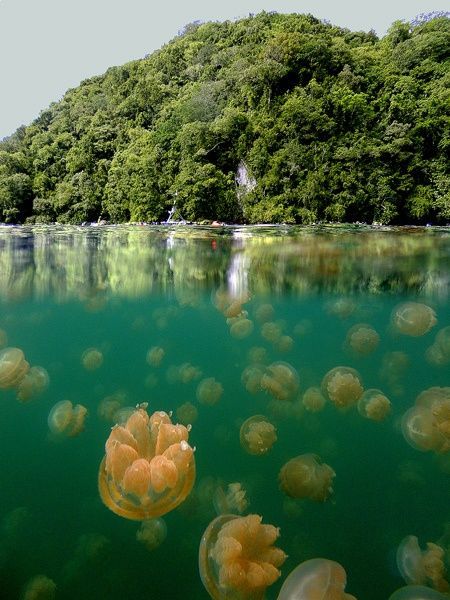
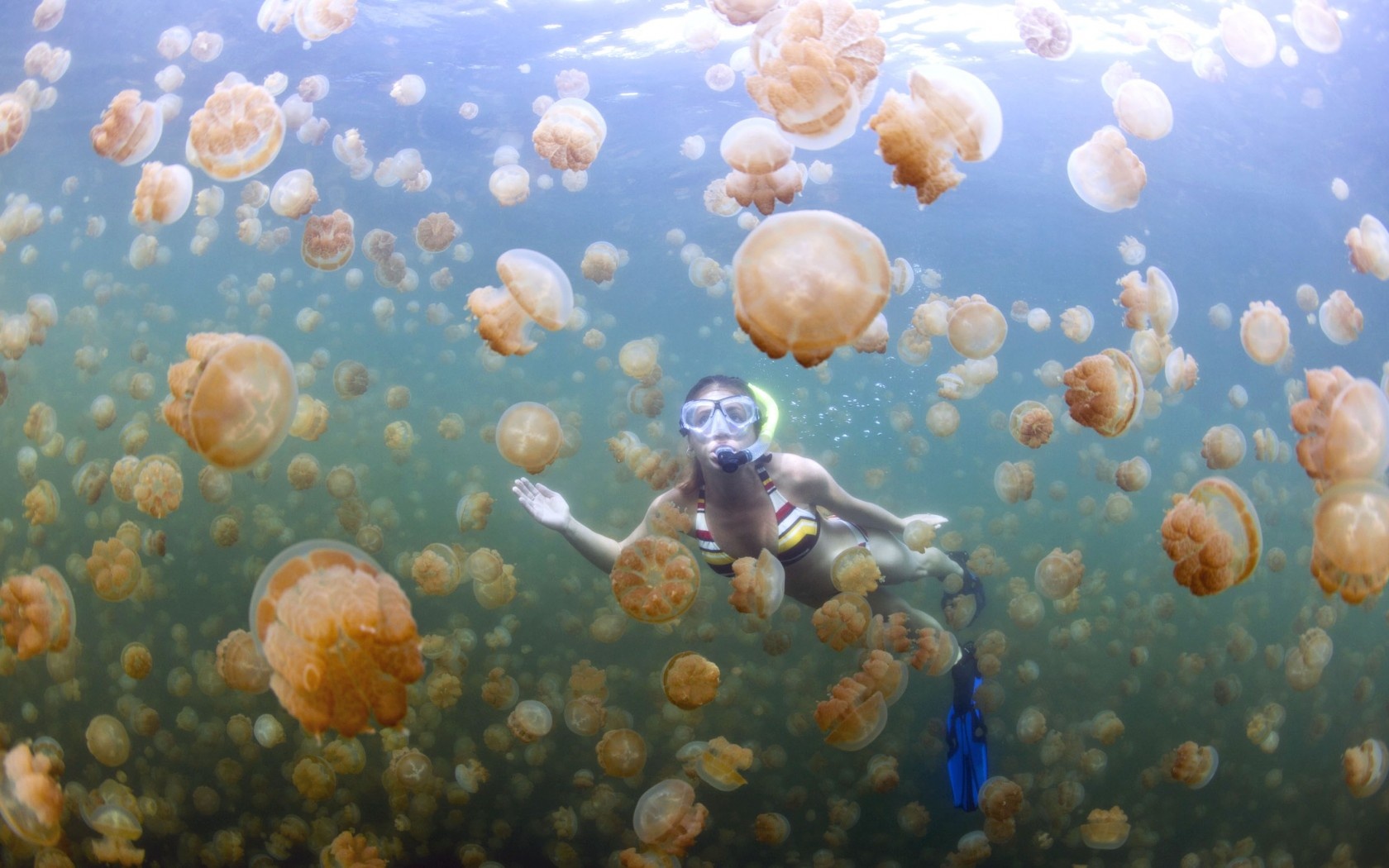
Palau also has 80 saltwater lakes and is the home of the world famous Jellyfish lake, where sting less yellowish colored jellyfish follow millions of years of tradition and rise from the depths and swim across the lake twice each day in order for the algae that they feed on and that at the same time also live within their bodies can absorb the sun’s rays and grow.
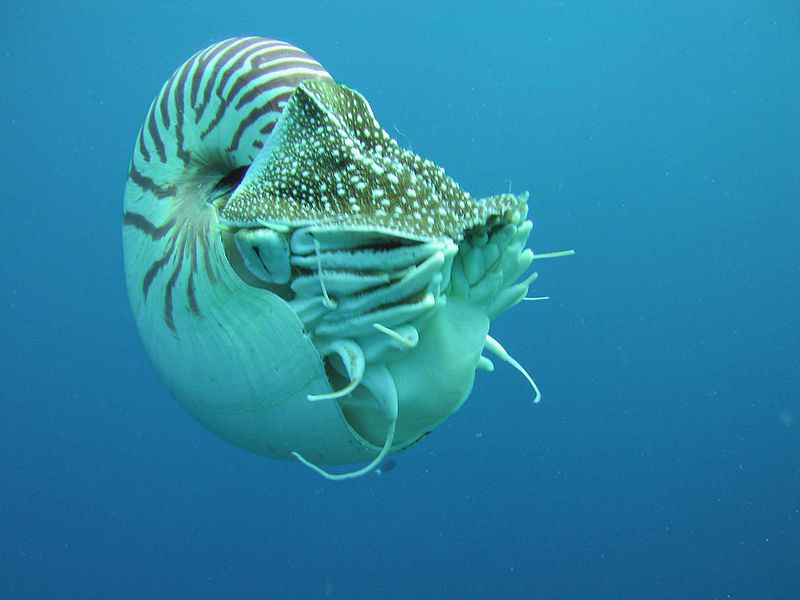
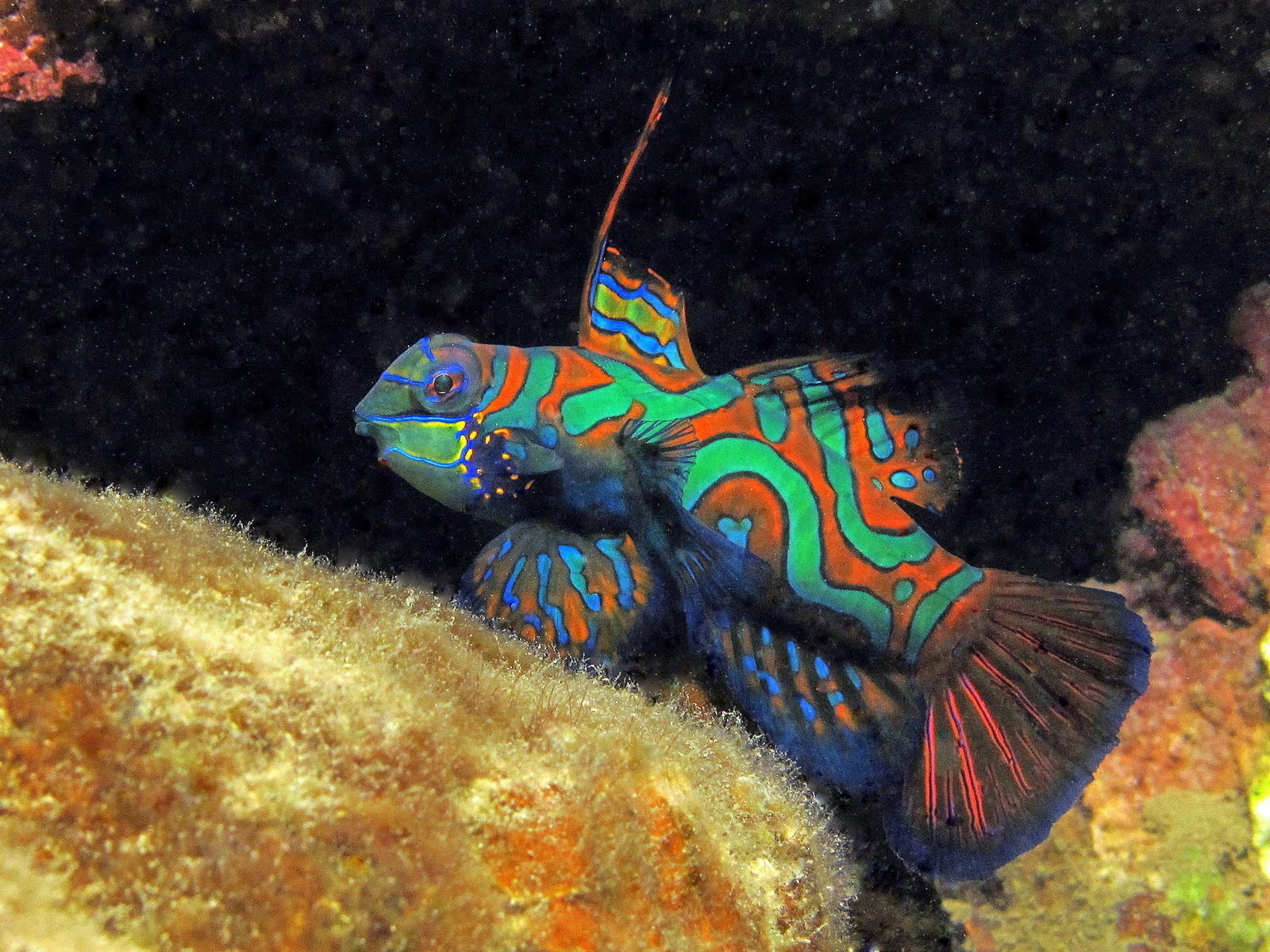
An interesting creature that ascends nightly around Palau and descends back down to a maximum depth of 2600ft without imploding before dawn is the shelled cephalopod Nautilus that has changed relatively little in the past 500 million years.
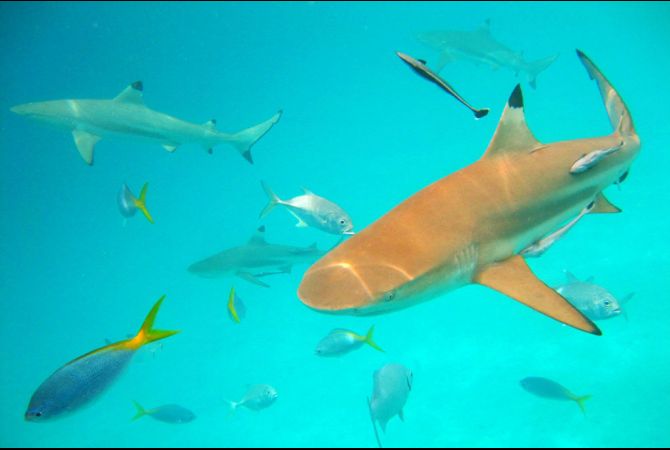
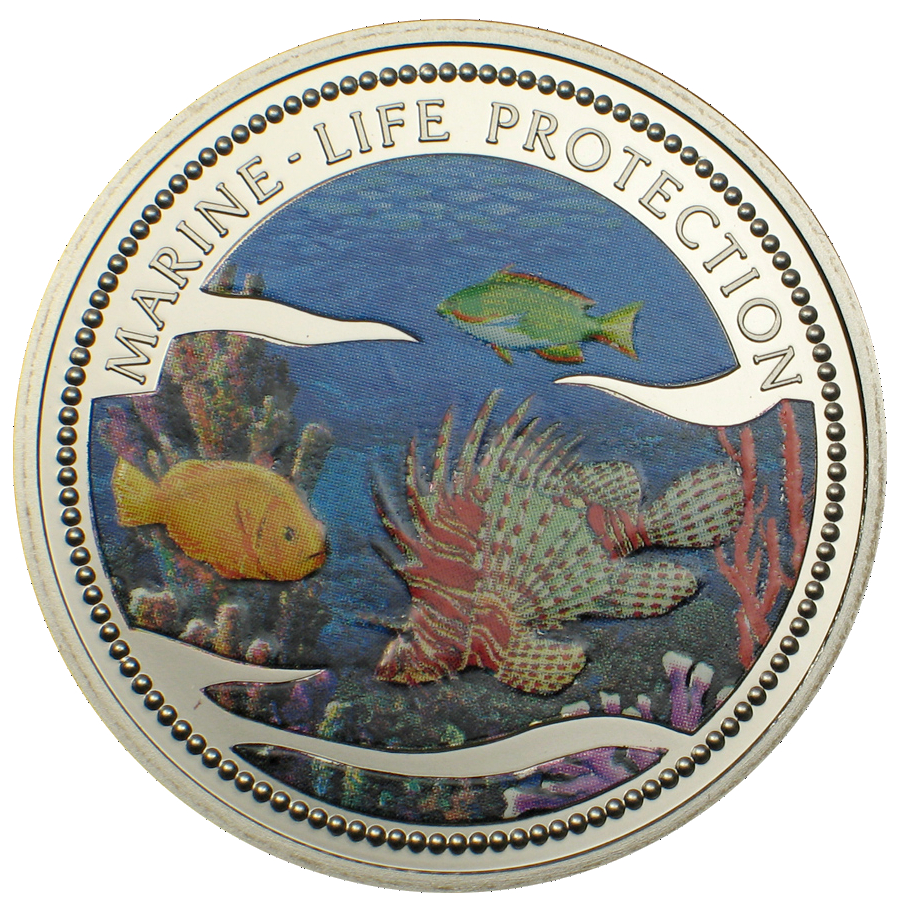
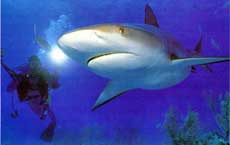
Palau is also home to the world’s first shark sanctuary in 2009 to help support the 130 known species of sharks around the islands. A rare species of dugongs make their home in Palau as well as saltwater crocodiles in the marsh regions. Many dive sites have specific fish seen at these locations, and many more fish, dolphins, porpoises, and whales cruise by these sites on their way towards their migratory destinations between the Philippine Sea and Pacific Ocean, but before we get into the specific dive sites, there is one more factor that has made Palau one of the top places in the world to dive.
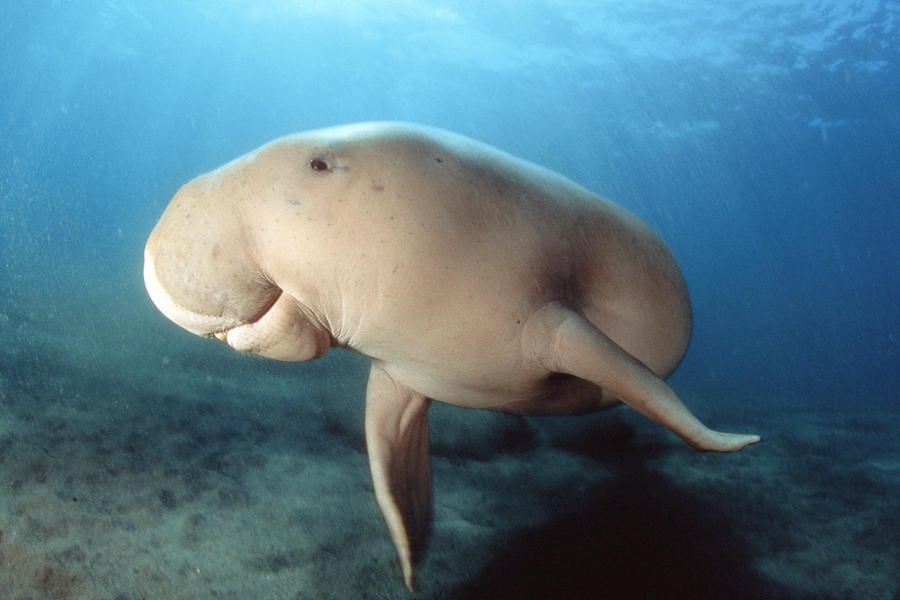
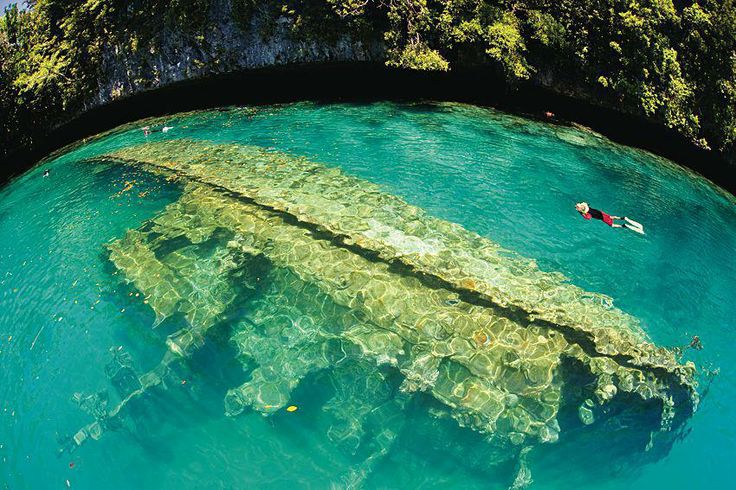
It’s hard to believe that a group of islands with a current population less than Ashland, Oregon and a GDP less than the amount in revenue that the City of Boston loses during a snow day, would be the location of not one, but two major Pacific military operations during World War II. During Operation Desecrate One, March 30-31st, 1944, US warplanes from a fleet of eleven aircraft carriers destroyed or damaged 36 Empire of Japan ships. The 502ft long oil tanker Amatsu Maru is the largest wreck in Micronesia. Some of the ships sunk have not been identified, and so Palau has dive sites called Buoy 6, which is the resting site of a 100ft long submarine chaser. Helmet Wreck is the site of a 189ft long cargo steamer where you will see Japanese war helmets, gas masks, ceramic sake bottles, carbine riffles, machine guns, and stacks of ammunition. Local guides will warn you, “Do Not Pick Up Any Ammunition”. If you have read any article on Palau in the last 20 Years or more, you have probably already seen pictures of the ever-popular 272ft long army cargo ship the Chuyo Maru. Also wrecks of note are Jake’s Sea Plane: an Aichi E13A1-1 Navy Float plane at 45ft deep, and the almost intact Zeke Fighter zero at just a few feet of depth and great for snorklers at high tide. There are at least another 13 unlucky Japanese shipwrecks to peruse from this operation.
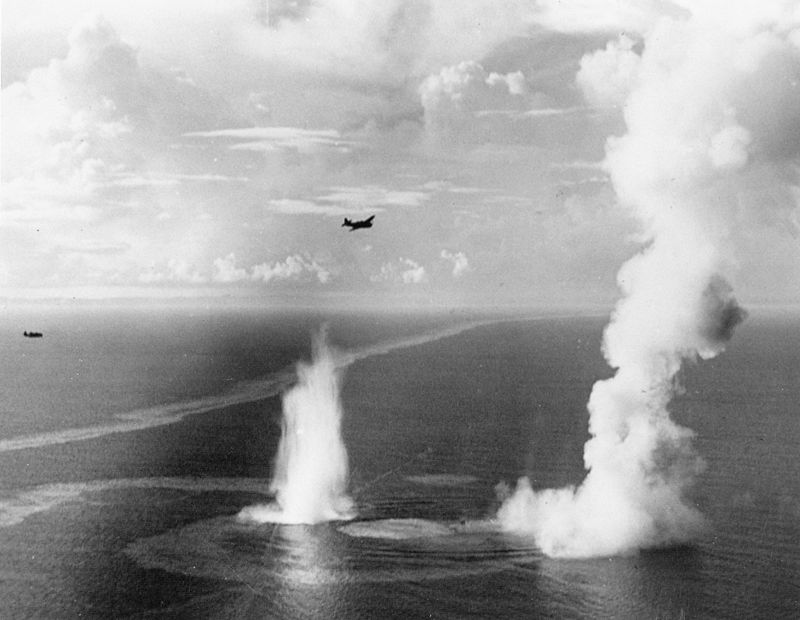

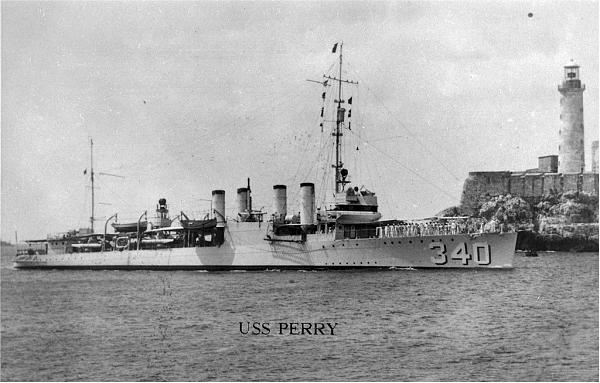
The second operation started September 15, 1944, was the Battle of Peleliu and this barely reported battle was bloodiest battle in the Pacific and was poorly named Operation Stalemate II. The Japanese had an airfield here that could accommodate up 300 planes and General MacArthur wanted to take the island to cover his right flank before he retook the Philippines. General Rupertus said that taking Peleliu would take three days, but the Japanese had changed their tactics and instead of fighting on the beach and forming banzai charge attacks, Colonel Kunio Nakagawa was to fortify the hills and dig an extensive tunnel system and lead the Americans into a war of attrition. This would be the first of many battles using flamethrower tanks in conjunction with napalm bombs. By the third day of fighting, the airfields were captured with heavy casualties on both sides, but by October 20th when MacAuther entered Leyte, Phillipines, the Peleliu battle had lost it’s strategic significance yet even with casualties running over 60%, the battle of attrition continued until November 27th, 1944. The 79-day battle left 2,000 men killed and 6,000 wounded on the U.S. side and 10,900 men killed and 200 captured or wounded on the Japanese side. This battle, like the next two battles at Iwo Jima, and Okinawa, raised great concern for the probable high degree of attrition casualties on both sides during the eventual battles to come on the Japanese mainland and was one of the deciding factors in using atomic bombs on Japan. On Aug 6th and Aug 9th, the U.S. dropped two atomic bombs on Japan and six days later Emperor Hirohito declared unconditional surrender.
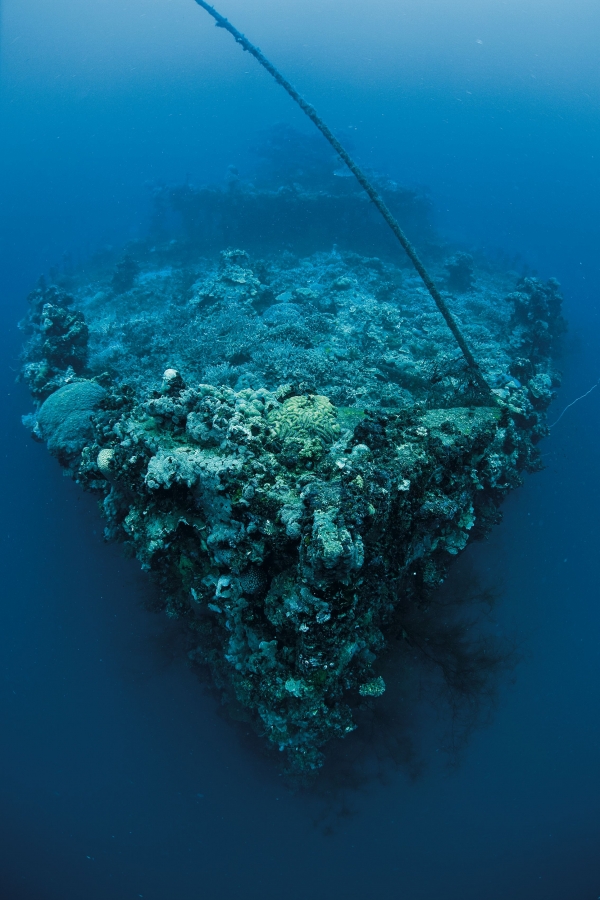
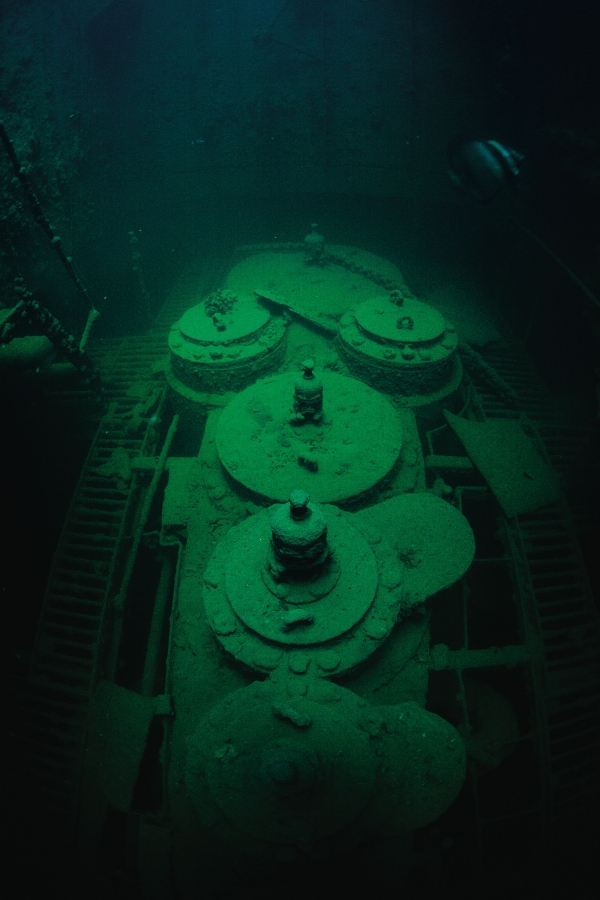
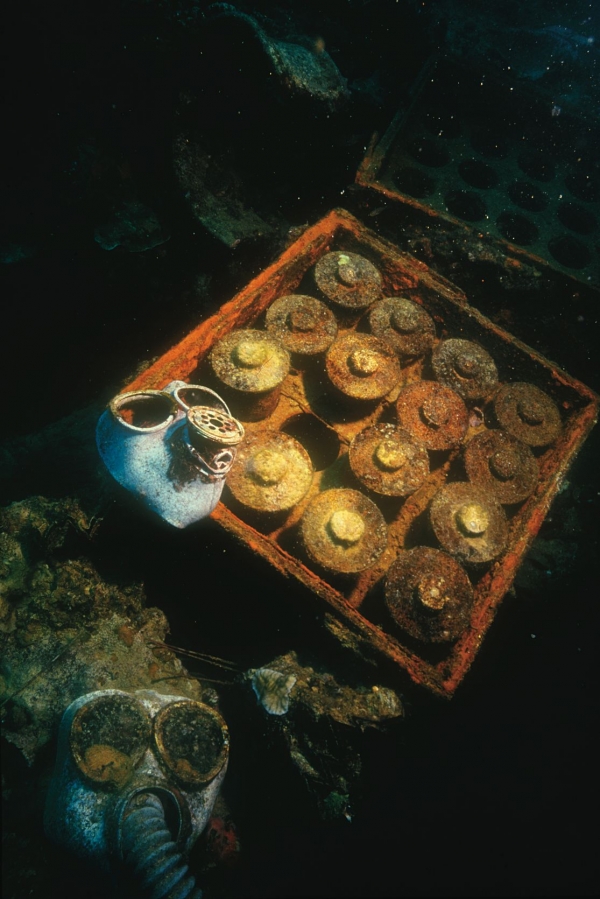
Today, on Peleliu you can take a full day history tour of the Japanese headquarters, the thousand man cave, and view World War II artifacts from both sides, or you can do two dives and a half day tour of the historical sites. The 314ft long destroyer U.S.S. Perry was sunk by a mine off Anguar and was found on May 1st, 2000 at 238-257ft deep; the wreck has only been seen by a few and is one of many technical dives around the islands and caves.
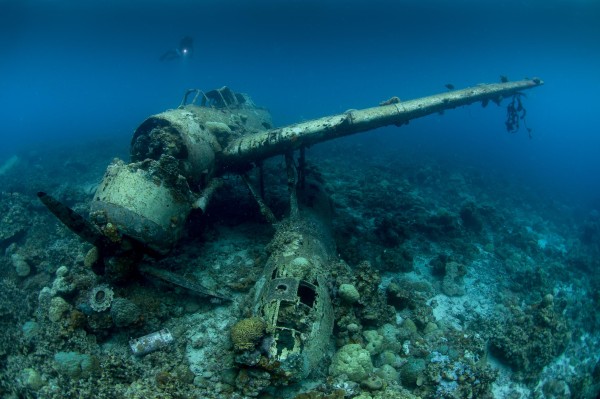
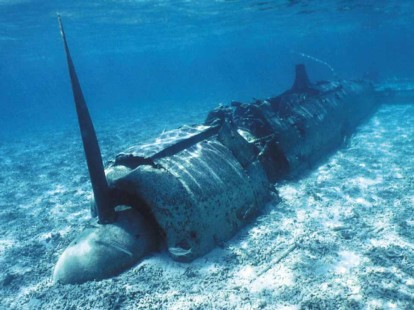
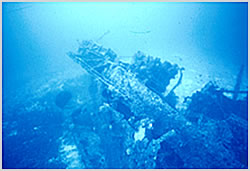
In addition to all this, Palau is known for its nighttime pelagic offshore blackwater dives where you may see unique creatures glowing in the dark. Inshore night dives are done at full moon and new moon each month to witness the spawning of various fish and corals. In fact, you can plan the season you come to dive according to what you would like to see, so for watching mantas breeding, come from December to March, Coral reefs spawn four times a year. Turtles mate and lay eggs from April to July, groupers and snappers spawn in June and July, and giant cuttlefish lag eggs from May to August, just to name a few. There are many nurseries around the islands for fish and sharks including grey reef sharks. One popular style of diving in Palau is Reef Hook diving. With a hook attached to a rock you can hold onto a line and remain in one spot above the corals in upstream currents to watch a never-ending procession of fish, sharks, and mantas that may pass by you.
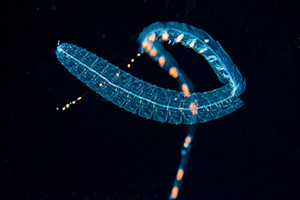
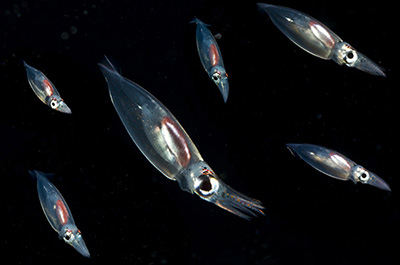
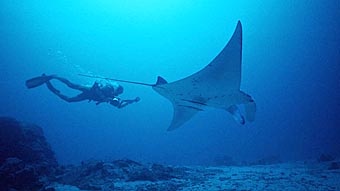
Palau has several resorts, hotels, and liveaboard vessels to choose from. You may even join the Royal Belau Yacht Club and sail around yourself. Getting here is easy via Guam and United Airlines or on foreign airlines from Japan or the Philippines. The main question to ask yourself about diving a one of a kind bucket list dive destinations like Palau is: why haven’t you already dropped your dive gear in the rinse bucket and booked your trip?
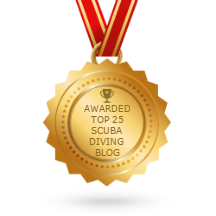
Recent Posts
- Eastern Malaysia, Sabah, Sipadan & More
- Ghost Pipefish, Pipefish, Seahorses, and Sea Dragons
- Australia Queensland and the Great Barrier Reef
- Tioman Islands, Malaysia
- The Riviera Maya
- The Peter Diving System
- The Bay Islands, Roatan, Utila, Guanaja, and more.
- The Cuttlefish; The Undisputed Master of Camouflage.
- The Maldives: A Garland of Islands in the Indian Ocean
- Frogfish, The Overlooked Camouflage Artist
Categories
- Australia
- Bahamas
- Bay Islands
- Belize
- Blue Hole
- Bonaire Diving
- Borneo
- Cayman Brac
- Cayman Islands
- Cozumel
- Curacao
- Cuttlefish
- Dive Destinations
- Dive Equipment
- Dive Liveaboards
- Dive Resorts / Properties
- Dive Travel
- Dive Travel Deals
- Diver Wellness
- Dolphins
- Dominica
- Eagle Rays
- eagle rays
- Family Travel
- Fiji
- Galapagos Islands
- Great White Shark cage diving
- Guanaja
- Honduras
- Indonesia
- Infographics
- Isla Mujeres
- Learning to Dive
- Little Cayman
- Maduro Dive Newsletter
- Malaysia
- Maldives
- Manta Rays
- Marine Life
- Mexico
- Micronesia
- Muck Diving
- Myamar
- Palau
- Papua New Guinea
- Pelagics
- Philippines
- Pinnacles
- Polynesia
- Reefs
- Riviera Maya
- Roatan
- Saba
- Sabah
- Scuba Diving
- Scuba Gear Reviews
- Scuba News/Events
- Scuba Training & Education
- Sea Legends
- sea lions
- Sea of Cortez
- Sharks
- Single Travel
- Sipadan
- Socorro Islands
- South Africa
- Specialties
- ST. Kitts
- Stingrays
- Tahiti
- Thailand
- The Bucket List
- Tobago
- Truk Lagoon (Chuuk)
- Turks and Caicos Islands
- Turtles
- Uncategorized
- Underwater Photography
- Underwater Video
- Utila
- Walls
- Whale Sharks
- Whales
- Wreck Diving
- Wrecks
- Yap
Archives
- January 2024
- April 2023
- March 2020
- March 2019
- January 2019
- November 2018
- September 2018
- July 2018
- May 2018
- March 2018
- January 2018
- October 2017
- September 2017
- June 2017
- April 2017
- February 2017
- January 2017
- October 2016
- August 2016
- July 2016
- May 2016
- March 2016
- February 2016
- January 2016
- December 2015
- August 2015
- June 2015
- April 2015
- January 2015
- November 2014
- July 2014
- April 2014
- February 2014
- December 2013
- November 2013
- October 2013
- September 2013
- August 2013
- July 2013
- June 2013
- May 2013
- April 2013
- March 2013
- February 2013
- January 2013
- December 2012
- November 2012
- October 2012
- September 2012
- August 2012
- July 2012
- June 2012
- May 2012
- April 2012
